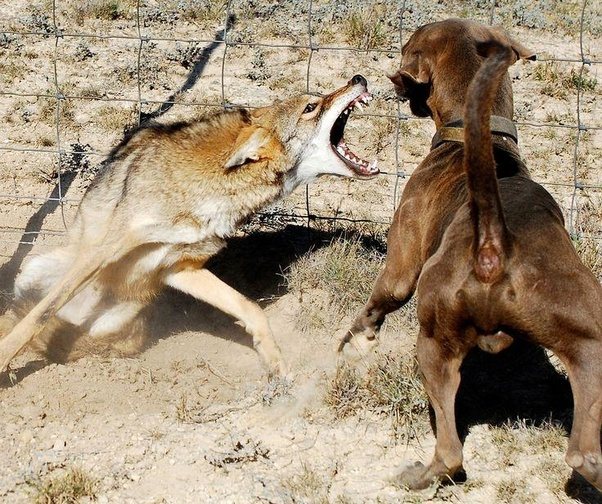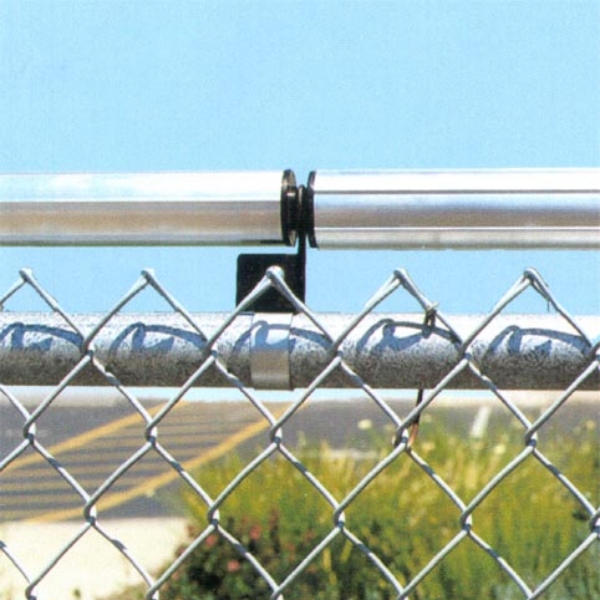*Many of us dog owners who live in coyote-vulnerable areas have stories to tell. Every time I see a sign posted with a photo of a cute little dog “missing,” my next thought is: Oh god. A coyote got it.
I have two big dogs, whose true genetics claim they were bred to chase lions. But for some reason the thought of coyotes getting at them is still a scary one. Once my daughter saw a coyote walking along the narrow wall separating our yard from a neighbors, we both freaked. Then she mentioned how they can jump over a six-foot-fence to get at their prey. Needless to say, this knowledge did nothing to make me feel better.
I hate those damn coyotes (even though I secretly feel bad about this when I see the baby ones). One pet owner I know got so frustrated he had his gardener put out poison. To this day he feels guilty that it killed some of the coyotes!
And hey, not to belabor the point, but I never even realized how traumatized I was about the experience of someone I’ve never even met. I recall hearing how singer Jessica Simpson’s cute little Maltese, Daisy, was snatched right in front of her, by one of those ugly things. I was horrified for her and I never forgot it.
So when I heard about a possible end to the bullying behavior of these ugly beasts; by way of an extension you can add to a fence called a coyote roller ? a round, metal spinning bar — I was like, “OK. Let’s roll with this.
But then I read…
When it comes to stopping a coyote, no perimeter fencing or barrier is truly infallible.
Damn!
?Coyotes are just so adaptable and clever,? said Niahm Quinn, who is researching coyotes and wildlife conflicts in Southern California for the UC Cooperative Extension. ?If they want something in your yard bad enough, they will likely get it.?
Give us SOMETHING please!
Adoptapet blog has provided some tips that include
- Adding 15- to 20-inch-long extenders to the top of your fence that face outward at a 45-degree angle
? Installing a coyote roller on the top of the fence, a spinning bar that makes it hard for coyotes to get a grip and sends them backward in their failed attempt to climb over a sufficiently high barrier
? Extending and burying the fence line at the bottom, using hardware cloth, by at least 2 feet, facing outward along the perimeter because coyotes prefer to enter a yard by digging under fence lines.
?Coyotes are amazing athletes and very smart,? the Adoptapet blog post states. ?Most can clear-jump without touching a 5-foot fence. … They can jump and get over a 6-7 foot fence barely touching it with their paws.?
Many claim the animals can get over 8-foot-tall fences with little effort.
Eric Voigt, the owner of Wildlife Removal Services in Orange, Riverside and San Diego counties said, ?A physical barrier is the best way to keep animals out in general.”
And the best option these days, he said, are the coyote rollers. He adds the fence must be at least 6 feet tall with a galvanized mesh skirt buried underneath the fence as part of the system.
You can imagine how busy Voigt is these days installing the rollers. He says its currently the go-to choice.
?The demand in Orange County is very high,? he said, adding that coyote rollers also can keep other unwanted wildlife ? from opossums to raccoons ? from coming into yards.
The demand, he said, has been ?pretty steady over the last few years. A lot of people are just learning about the product.?
Now we know. I suppose we’ll be calling you soon, Mr. Voigt.






